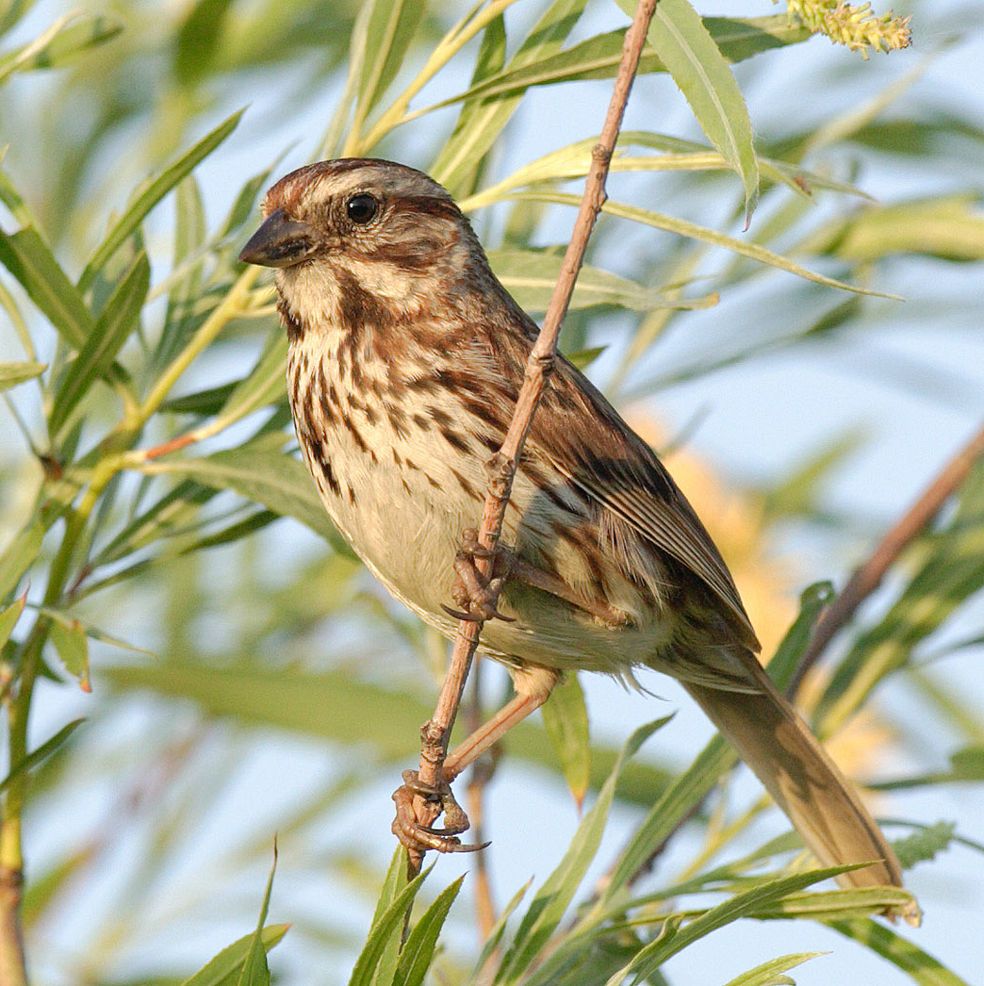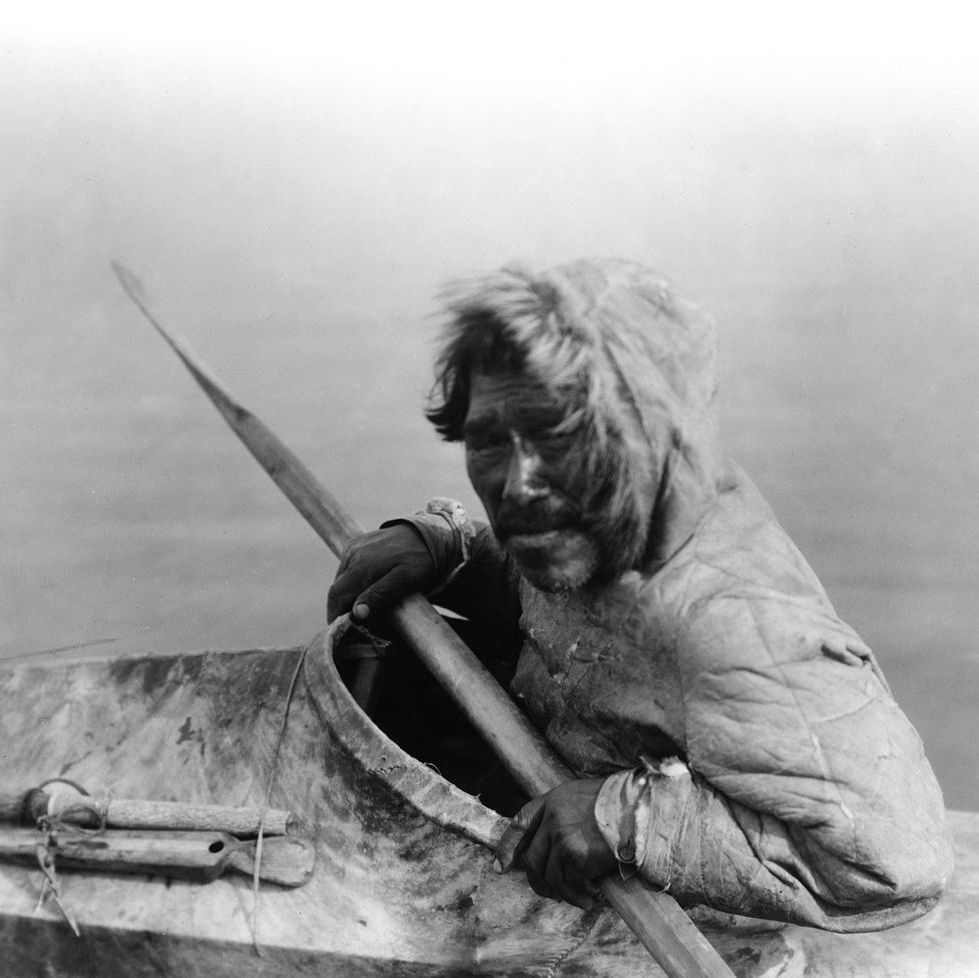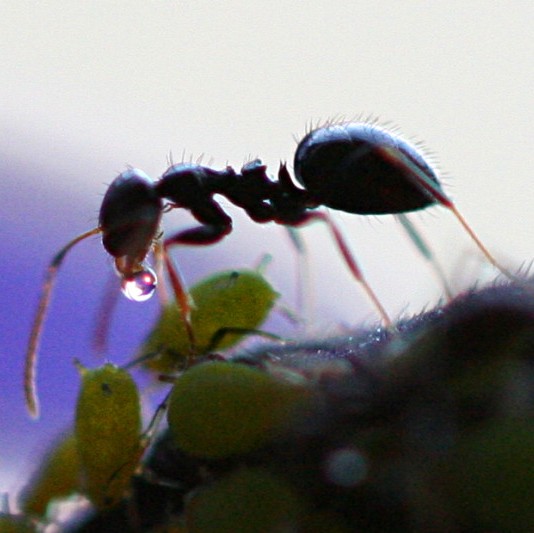
Inbred and unfaithful?
Superficially, song birds might appear to be paragons of mating fidelity. Yet we are increasingly aware that while a female will pair with a specific male to raise her chicks, he won’t necessarily be their father. Jane Reid from the University of Aberdeen illuminated this topic, as she discussed her work on reproduction in the song-sparrows of Mandarte Island in Canada.
Birds on this island have been tracked by researchers since 1975, with parentage determined genetically since 1993. This means that when a chick hatches on Mandarte, Reid and her team don’t just know who its parents are; they know who its great-great-grandparents were. Possessing a long-term pedigree of inter-relationships among the birds has allowed Reid to assess the evolutionary advantages of differing mating strategies.

Substantial amounts of polyandry (i.e. females mating with more than one male) exists among the sparrows: 28% of chicks are fathered by a male other than the one raising them. Surprisingly though, there is no evidence that females are ‘upgrading’ their mate through this behaviour by mating with a superior male to their partner. Females with higher levels of polyandry actually have lower evolutionary fitness in terms of the number of descendants they produce.
Inbreeding is perhaps inevitable in such a relatively small and isolated population like Mandarte. However we would expect birds to try and avoid inbreeding, given that it is known to reduce the quality of offspring. Unexpectedly however, Reid finds that there is a fitness advantage to inbreeding; the benefits of having more offspring outweigh the costs of some of those offspring being of lower quality. As Reid says, we clearly need to distinguish between selection against inbreeding and selection against being inbred.
Of Inuit and omega-3
A genetic study of a different kind was the topic discussed by Rasmus Nielsen of Berkeley. The Inuit people of Greenland have long been remarked upon for their extreme diet. Traditionally, they live almost entirely on marine mammals, a diet very high in unsaturated fats. Some estimates have 78% of their calories coming from fats, yet they remain very healthy. Does this mean the Inuit have genetically adapted to this high fat diet?
Based on a genetic comparison of Inuit and Northern Europeans, the answer seems to be yes. One particular allele is rare in Europeans but common among the Inuit. Possession of this gene alters fatty acid synthesis and could explain why Inuit have low levels of blood cholesterol despite their high fat diet.

These results also seem to reveal why switching to a European style diet, as many Inuit have in recent years, results in high rates of diabetes. It appears that the Inuit’s genetic adaptations to their traditional high fat diet means their bodies are ill-suited to a diet where a majority of calories come from carbohydrates.
The work also has health implications for non-Inuit. The apparent benefits of the traditional Inuit diet have in large part inspired the idea that poly-unsaturated fatty acids, like omega-3, can aid health. However if the Inuit are genetically unique in the way they synthesize such fatty acids, it is doubtful we can extrapolate any health benefits from their diet to humanity in general. Which would rather cast doubt on the benefits of the many omega-3 containing foods and supplements sold to health-conscious Westerners.
Self-medicating ants?
Dietary health benefits of a rather different sort were the subject of Dalai Freitak’s poster with the eye-catching title of “Ants do drugs to fight disease”. As Freitak explained, her research was inspired by the knowledge that in response to bacterial infection ants release reactive oxygen species (ROS) into their guts.
Freitak and colleagues thus hypothesised that infected ants might deliberately seek out sources of ROS in their diet to aid their immune response. Her initial lab results support this idea: ants fed food laced with ROS had greater resistance to infection than control ants. They also had a shorter lifespan, suggesting this would not be a cost-free way of fighting infection.

The next step is to demonstrate that infected ants specifically seek out ROS heavy foods in the wild. The ants harvest dew from aphids as part of their diet; when these aphids gather on plants in large numbers, the plants produce ROS as a defence mechanism.
Freitak thus hypothesises that by selectively foraging from aphids gathered in large numbers, ants can increase their own intake of ROS; that is, they can convert the plants defence against aphid predation into their own protection against bacterial infection.
An ingenious idea, but sadly the initial attempts to test it were hampered by a particularly cold and wet Finnish summer; no aphids appeared at Freitak’s field site this summer. Still, her eventual results will surely be worth looking out for.
A plea to embrace serendipity
Laurent Keller, incoming ESEB president, might well have approved of the unusual direction of Freitak’s research. In an entertaining presidential address, he made a plea for researchers to embrace the serendipitous and the surprising in their research. While of course hypothesis driven research has its place in science, Keller argued that the most exciting findings invariably arise from unexpected sources.
As an example, Keller discussed one of the most remarkable findings from his own research career, that of sexual reproduction in the little fire ant. He and his group discovered that both male and female ants reproduce clonally; that is, queens are genetically identical to their mothers, while males are genetically identical to their fathers.
…if your country does not fund this kind of research, find a new country!
Laurent Keller, ESEB president
While Keller’s group were the first to report this, they were not the first to gather this data. As Keller later found out, several other groups had data showing that males were clones of their father but simply refused to accept such surprising results, believing they must be due to lab error. Keller’s ability to embrace the unexpected meant he was the one who made the discovery.
Keller admitted that the current funding system does not encourage following unusual research paths; indeed he suggested that someone like Bill Hamilton would probably never get a grant these days. However he still encouraged younger researchers in particular to embrace creative research: “If your PI does not allow for this kind of research, find a new PI; if your country does not fund this kind of research, find a new country!”
An inspiring end to an excellent conference, one which suggested that the field of evolutionary biology does not lack for exciting new research, serendipitous or otherwise.
Additional note: All of the plenary talks, as well as Laurent Keller’s presidential address, are available to view on the ESEB website. All are well worth watching.
Comments